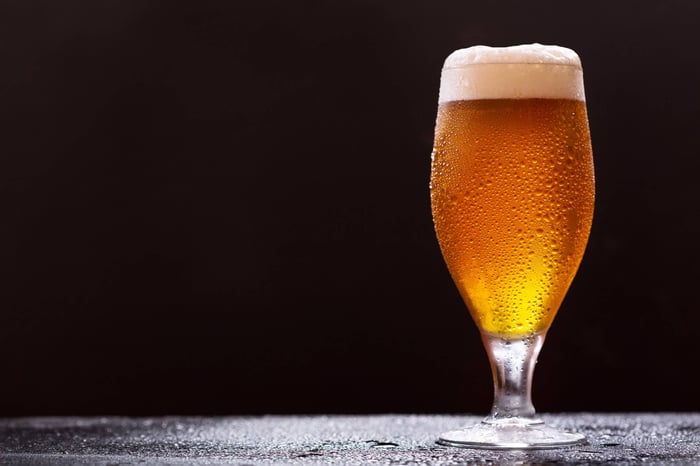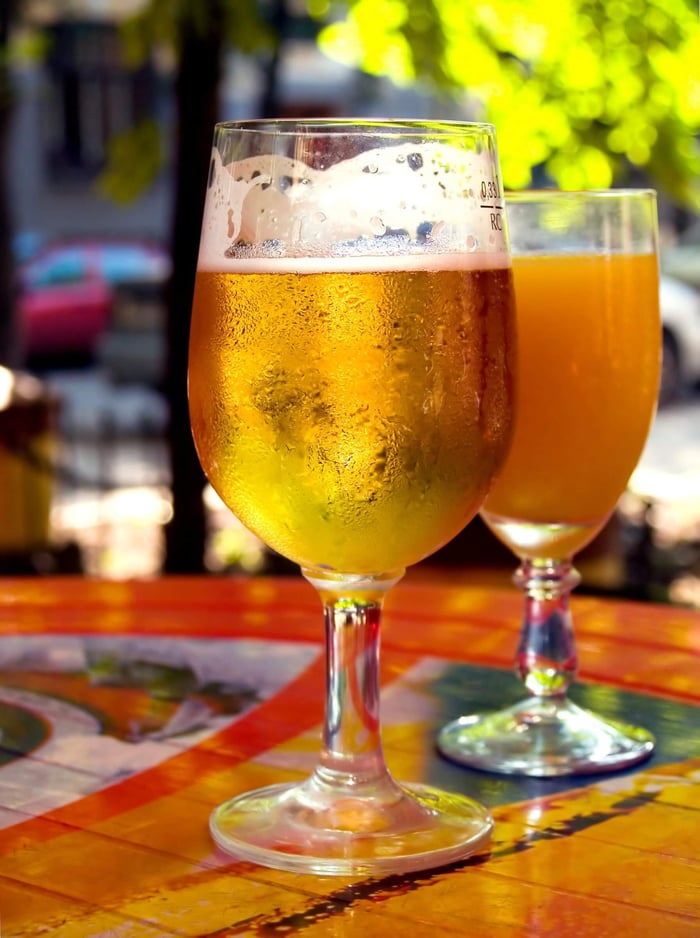Ever stood over your fermenter wondering if your beer's ready, or if something's gone wrong? We've all been there. Fermentation might seem mysterious, but once you understand what's happening inside that vessel, you'll brew with confidence every time.
Here's the thing about fermentation – it's basically a controlled party where yeast converts the sugars in your wort into alcohol and CO2. Simple concept, but the devil's in the details, and that's where we come in to help.
When Is My Beer Actually Done? (Spoiler: Your Airlock Lies)
The Airlock Myth New brewers love watching their airlocks bubble away, but here's some tough love – that bubbling doesn't tell you much about fermentation progress. Sure, it's mesmerizing (we get it), but CO2 can escape through imperfect seals, making your airlock go silent while fermentation's still cranking along.
The Real Test Want to know if your beer's done? Break out your hydrometer or refractometer. These tools measure the sugar content in your beer, giving you the real story. The golden rule: stable specific gravity readings over 2-3 consecutive days means you're good to go.
Think of it like this – would you judge a marathon by listening to someone's breathing, or by checking if they crossed the finish line?
Temperature Control: The Make-or-Break Factor
Temperature control separates okay brewers from great ones. Every yeast strain has its sweet spot, and staying within that range is crucial for both flavor and fermentation time.
The Goldilocks Principle
- Too hot: Off-flavors and stressed yeast
- Too cold: Sluggish or stalled fermentation
- Just right: Clean flavors and predictable timing
Pro Tip: Aim for the lower-middle range of your yeast's temperature tolerance. If your yeast works best between 64-72°F, shoot for 66-68°F. This gives you clean fermentation without the risk of heat stress.
Regional Considerations Summer brewing in Texas? Consider Kveik yeast – this Norwegian powerhouse can handle temperatures above 86°F without breaking a sweat. Winter brewing in Minnesota? Embrace those cooler temps for crisp lagers, but make sure your yeast can handle the chill.
Fermentation Timeline: What to Expect When You're Expecting (Beer)
Lag Phase (0-15 hours): The Calm Before the Storm Your yeast is waking up, stretching, and getting oriented. No airlock activity yet – they're just figuring out their new digs and planning their attack on all that sugar.
Growth Phase (4 hours – 4 days): The Main Event This is where the magic happens. Krausen forms, your airlock goes crazy, and most of your alcohol gets produced. The wort starts rolling gently as heat from fermentation creates convection currents.
Stationary Phase (3-10 days): Cleanup Crew The easy sugars are gone, and your yeast starts cleaning up off-flavors like diacetyl and higher alcohols. The krausen changes from creamy white to yellow and brown as it picks up hop and malt compounds.
Death Phase (Several weeks): Mission Accomplished Activity slows to a crawl, yeast settles to the bottom, and your beer starts clearing. The flavors mature and balance out during this phase.
What Should Your Fermenting Beer Look Like?
Opening your fermenter to peek inside is like opening the oven while baking – sometimes it's better to trust the process. If you've got a clear fermenter, you're in luck. You can watch the show without risking contamination.
The appearance changes as fermentation progresses, and understanding these visual cues helps you troubleshoot issues before they become problems.
Post-Fermentation: The Home Stretch
Once fermentation's complete, resist the urge to rush. Let your beer rest for a few days – this helps with clarity and allows flavors to meld. If you can drop the temperature a bit, even better.
Secondary Fermentation: Necessary or Not? The old-school approach was to rack everything to a secondary fermenter, but modern brewing wisdom says the risks (oxidation, contamination) usually outweigh the benefits. Skip it unless you're adding fruit, dry hops, or aging for extended periods.
Troubleshooting Common Fermentation Issues
Stuck Fermentation
- Check your temperature
- Consider yeast nutrient addition
- Gentle agitation can sometimes restart things
Off-Flavors
- Usually temperature-related
- Some issues resolve with time
- When in doubt, let it ride
No Activity
- Wait longer (yeast can be lazy)
- Check your temperatures
- Verify yeast viability
Ready to take your beer to the next level? Check out our guides on bottling beer and kegging beer to finish strong.
Got questions? Hit us up – we love talking shop and helping fellow brewers solve their challenges.
Grainfather Team










